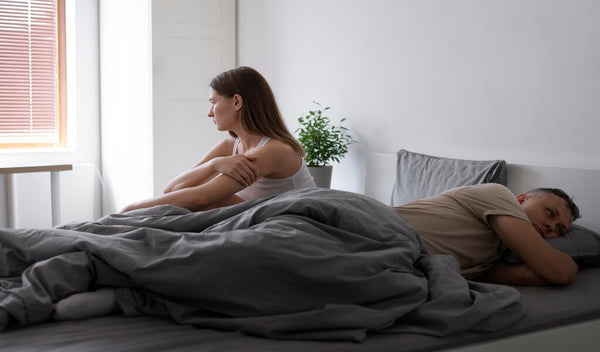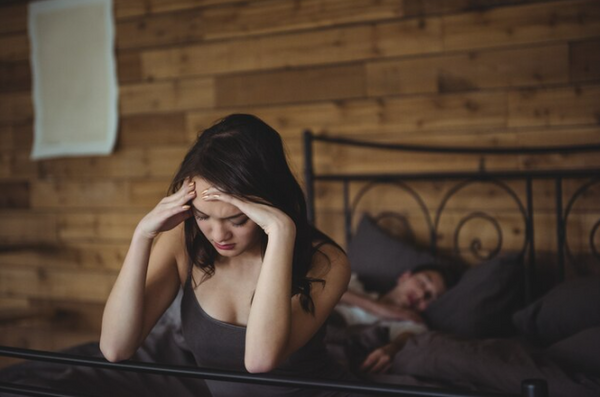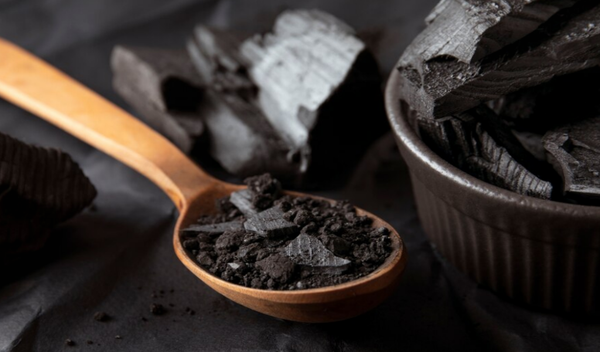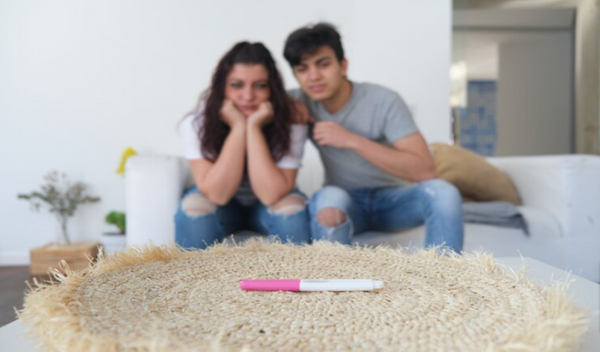If you have been feeling low or guilty for not having the same enthusiasm for sexual activity as before or as your partner, you may have low libido. Low libido can affect both genders, but women tend to experience signs of low libido more frequently than men. It's typical for women to feel less desire after a hard day at work, caring for the kids, or simply juggling a lot of duties. Life-changing events may also cause fluctuations in women’s desires over the years. However, persistent and unexplained dips in sexual desire can have a negative impact on a woman's relationships and general well-being. Knowing the signs and symptoms can be used to diagnose and treat low libido in females. Our article for today sheds light on low libido symptoms in women and their potential causes.
Technically speaking, a normal libido does not exist. To measure libido, there are no set parameters or ideal ranges. However, if your sexual desires change so drastically that they have a negative impact on your relationships or self-esteem, it could be HSSD. The persistent absence of sexual fantasies, thoughts, or desires for sexual activity characterizes hypoactive sexual desire disorder (HSDD). It's important to recognize that low libido is not just a physical issue but can also have emotional and psychological components. It can affect women of all ages, and its causes and consequences can be multifaceted. It does not just affect a woman’s health negatively but may impact her emotional well-being as well.
Low Libido Symptoms in Women
-
Reduced Interest in Sexual Engagement:
A visible drop in a woman's desire to participate in sexual engagement is one of the most typical symptoms of low libido. Lack of desire to start or take part in sexual relations might be one way it shows up. -
Reduced Arousal:
Women with reduced libido may have trouble evoking sexual arousal. This might make it difficult to generate and sustain adequate levels of sexual euphoria. -
Fewer Fantasies or Sexual Ideas:
Signs of decreased libido may include a significant decline in sexual fantasies or ideas. Individuals with low libido frequently lack or have fewer of these spontaneous mental thoughts or ideas. -
Avoiding Intimacy:
Women with low libido may find themselves shying away from intimate situations or discussions about sex. This can create tension in relationships and contribute to feelings of frustration and guilt. -
Emotional Disconnect:
A diminished desire for emotional closeness or intimacy with a partner can also be due to low libido. Sexual desire and emotional connection are interconnected; a reduction in one causes a decline in the other.
Causes of low Libido
Many factors influence a woman’s libido, lets look at a few significant ones:
-
Hormonal Fluctuations:
Significant life transitions like pregnancy, childbirth, breastfeeding, and menopause might affect a woman's sex desire. These phases and changes include: -
Pregnancy:
Hormonal fluctuations, physical changes, morning sickness, etc. -
Postpartum:
Vaginal dryness and decreased desire due to a dip in estrogen and progesterone hormones. -
Menopause:
Increased vaginal dryness, painful intercourse, and difficulty reaching climax due to estrogen decrease. -
Physical and mental fatigue:
Being a caregiver for aging parents or being a parent, daily chores, work deadlines, the everyday commute, chronic stress, or lack of sleep can contribute to low libido levels in women.
-
Relationship Problems:
Sexual desire may decline as a result of relationship problems, including unsolved disputes, communication problems, or emotional disconnect from a spouse.
-
Medical Conditions:
Symptoms of low libido can be caused by a number of medical diseases, including thyroid abnormalities, diabetes, and chronic illnesses. The effects of medications used to address these disorders may also have a negative impact on sexual desire.
-
Poor blood circulation:
It could be difficult to experience orgasm if there is insufficient blood flow to the vaginal region. Poor blood flow, a deficiency in sex hormones (estrogen, progesterone, and testosterone), dryness, or inadequate lubrication can make intercourse uncomfortable and unpleasant, which can lead to arousal issues. Smoking and other lifestyle choices like them can damage blood vessels in the genitalia, reducing blood flow there and reducing sexual desire.
Low Libido Treatment
-
Hormone Therapy
For women experiencing hormonal imbalances, hormone replacement therapy (HRT) or other hormone treatments can help restore libido by balancing hormone levels.
-
Psychological Counseling
Therapy or counseling, both individually and as a couple, can be beneficial for addressing the emotional and relationship aspects of low libido. Cognitive-behavioral therapy (CBT) and sex therapy can be particularly helpful.
-
Medication:
In some cases, healthcare providers may prescribe medications that can boost sexual desire. However, these drugs may have side effects and should be discussed with a healthcare professional.
-
Lifestyle Modifications
Making positive lifestyle changes, such as managing stress, getting regular exercise, maintaining a healthy diet, and reducing alcohol or tobacco use, can help alleviate libido symptoms.
-
Communication:
Open and honest communication with your partner is crucial in addressing relationship issues that may be contributing to low libido. Couples therapy can be a valuable resource for improving intimacy.
-
Libido Supplements:
Additionally, women may turn to libido supplements to enhance their sexual desire. Most of these supplements are often derived from natural ingredients. Look out for ones that have a blend of herbs and vitamins that also enhance your mood balance your hormones, and provide you with vigor and vitality. Such supplements can be a valuable part of a holistic approach to addressing low libido symptoms.
Wrapping Up
Low libido can be distressing, but it is pretty common in women. The first step towards treating low libido begins with identifying and addressing its symptoms. If you can relate to most of the symptoms listed above, don't hesitate to seek support, guidance, and treatment through natural supplements or healthcare professionals. After all, every woman deserves to experience a fulfilling and satisfying sexual life.
Infographic
Reduced Interest in Sexual Engagement: A noticeable decline in sexual desire
Reduced Arousal: Difficulty in achieving sexual ecstasy.
Fewer Sexual Fantasies: Decrease or absence of sexual ideas or cravings.
Avoiding Intimacy: Abstaining from sex-related circumstances or conversations.
Emotional Disconnect: A decline in emotional intimacy.



























 DOWNLOAD NOW
DOWNLOAD NOW
